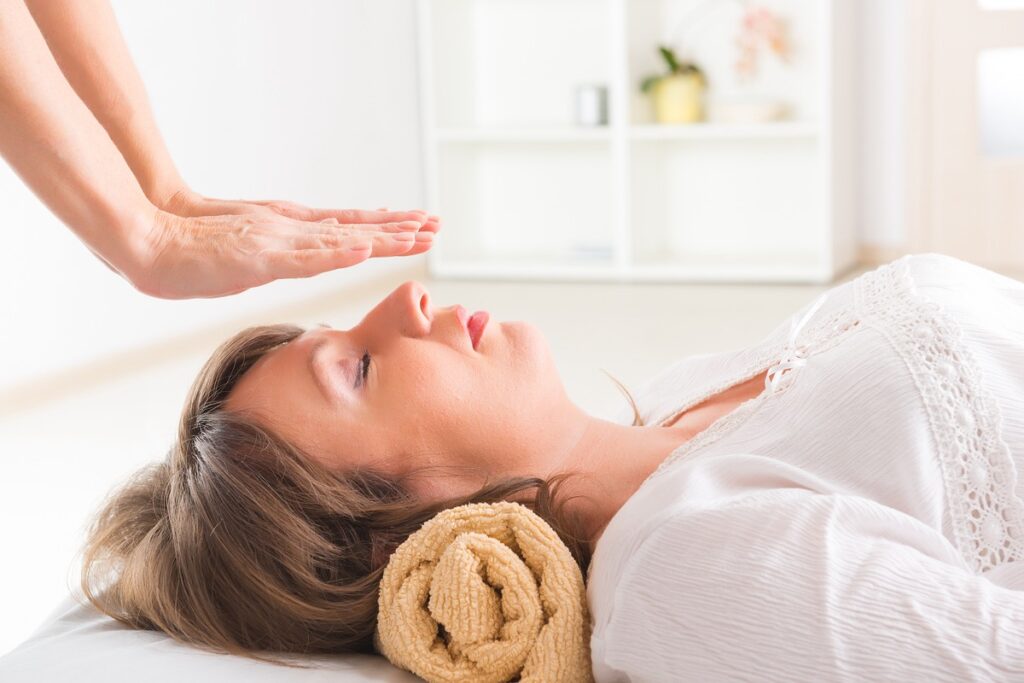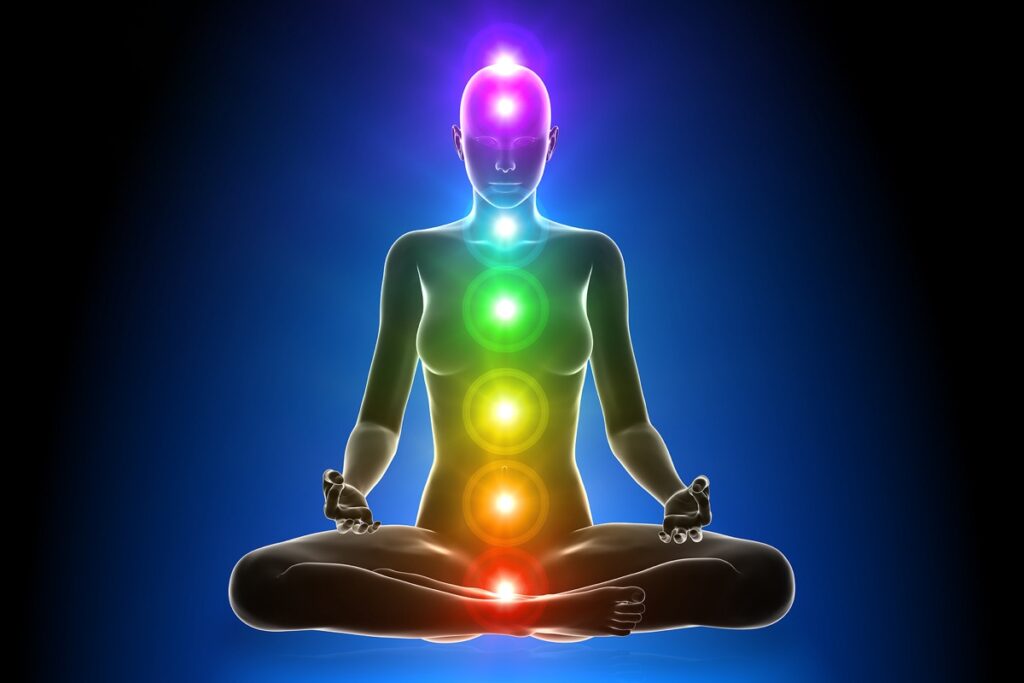Reiki is a gentle, hands-on (or hands-off) healing practice from Japan that aims to balance the body’s subtle energy and promote physical, emotional, and spiritual well-being. In this post you’ll learn what Reiki is, how sessions work, the evidence behind it, and how to get started—plus answers to the ten questions people ask most often.
Definition and Origins
Reiki (pronounced ray-key) combines the Japanese words rei (universal) and ki (life energy). The system was formalized in 1922 by Mikao Usui after a transformative meditation retreat on Mount Kurama near Kyoto. Usui taught 16 masters, and through one of them—Hawayo Takata—Reiki spread from Japan to Hawaii in 1937 and then worldwide.
How Reiki Works
Practitioners channel life-force energy through their hands to the recipient, who remains fully clothed and usually reclines on a massage table. Energy flows where it is most needed, often corresponding to the body’s chakras or major organs. A standard session lasts 45–60 minutes, though shorter “chair Reiki” treatments are common in hospitals and clinics.
A 2022 NCCIH survey found that 1.4 million U.S. adults received at least one Reiki session in the previous year—up 27 percent since 2017.
Reported Benefits of Reiki
Below is an overview of why people seek Reiki. Scientific evidence is still emerging, but many recipients describe noticeable improvements after even one session.
Stress Relief and Relaxation
The light touch and meditative atmosphere activate the parasympathetic nervous system, lowering heart rate and blood pressure. Recipients often say a single session feels like “three hours of deep sleep.” See also: Harvard Health on Reiki and stress
Pain Management
Small clinical trials suggest Reiki can reduce postoperative pain, migraine frequency, and arthritis discomfort. Hospitals such as the Cleveland Clinic and Johns Hopkins now list Reiki among their integrative pain-management options.
Enhanced Emotional Balance
By calming the limbic system, Reiki may ease anxiety, depression, and trauma-related symptoms. Clients frequently report emotional “lightness” and improved mood.
Support During Chronic Illness & Cancer Care
Reiki is offered in more than 800 U.S. hospitals to help cancer patients cope with nausea, fatigue, and treatment anxiety. Some studies show significant drops in chemotherapy-related distress after four weekly sessions.
Improved Sleep Quality
Reiki’s relaxation effect can lengthen deep-sleep cycles and shorten sleep-onset time. People with insomnia often notice results within two or three visits.
What a Reiki Session Looks Like
Here’s what you can expect in a typical Reiki appointment:
- Setting – Quiet room, dim lights, soft music optional
- Preparation – Wear comfortable clothing; remove shoes and large jewelry
- Hand Positions – Practitioner moves from head to feet, holding each position for 2–5 minutes
- Sensations – Warmth, tingling, gentle waves of energy, or deep calm
- After-care – Drink water, rest, and reflect on emotional releases
Becoming a Reiki Practitioner
Reiki training is available in person or online. It’s usually divided into three levels:
- Level 1 (Shoden) – Learn to give Reiki to yourself and others
- Level 2 (Okuden) – Distance healing, Reiki symbols, case studies
- Level 3 (Shinpiden) – Master level with attunement skills and teacher training
Reiki and the Scientific Debate
Skeptics say the effects may be placebo-based—but brain scans show shifts in alpha and theta waves during sessions. Clinical outcomes such as reduced anxiety, improved pain scores, and better mood have prompted major hospitals to incorporate Reiki into patient-centered care programs.
See also: Reiki Is Better Than Placebo and Has Broad Potential as a Complementary Health Therapy
Frequently Asked Questions About Reiki
Before diving into the questions, here’s a quick primer: these FAQs distill what newcomers most often want to know, from safety to session logistics. Feel free to link each answer to deeper resources.
Loose, non-restrictive clothing—think yoga pants, cotton shirts, and socks. Comfort aids relaxation and energy flow.
No. Reiki has spiritual roots but no dogma. People of any faith (or none) can give or receive Reiki without conflict.
Some feel benefits immediately; others require three to four weekly sessions. Chronic issues often improve with a package of 6–10.
Yes. Practitioners trained at Level 2 use specific symbols and intention to send energy across space and time, with surprisingly consistent feedback from recipients.
Generally yes—Reiki is non-invasive and gentle. Always inform your practitioner about pregnancy so they can adjust hand positions.
There are no known contraindications. Reiki is complementary—not a substitute—for conventional care. Always follow your doctor’s advice.
Ask about lineage, certification level, and experience. Look for membership in professional bodies such as the International Association of Reiki Professionals (IARP).
During training, many students feel warmth, tingling, or emotional release. Some experience vivid dreams or bursts of creativity in the days that follow.
Yes. Shorter sessions (15–20 minutes) help with sleep, anxiety, and focus. Parental consent is required, and the child should voluntarily agree.
Prices range from USD $60–$120 ($80 to $150 CAD) per hour in North America. Community clinics and hospital programs may offer sliding-scale or donation-based sessions.



